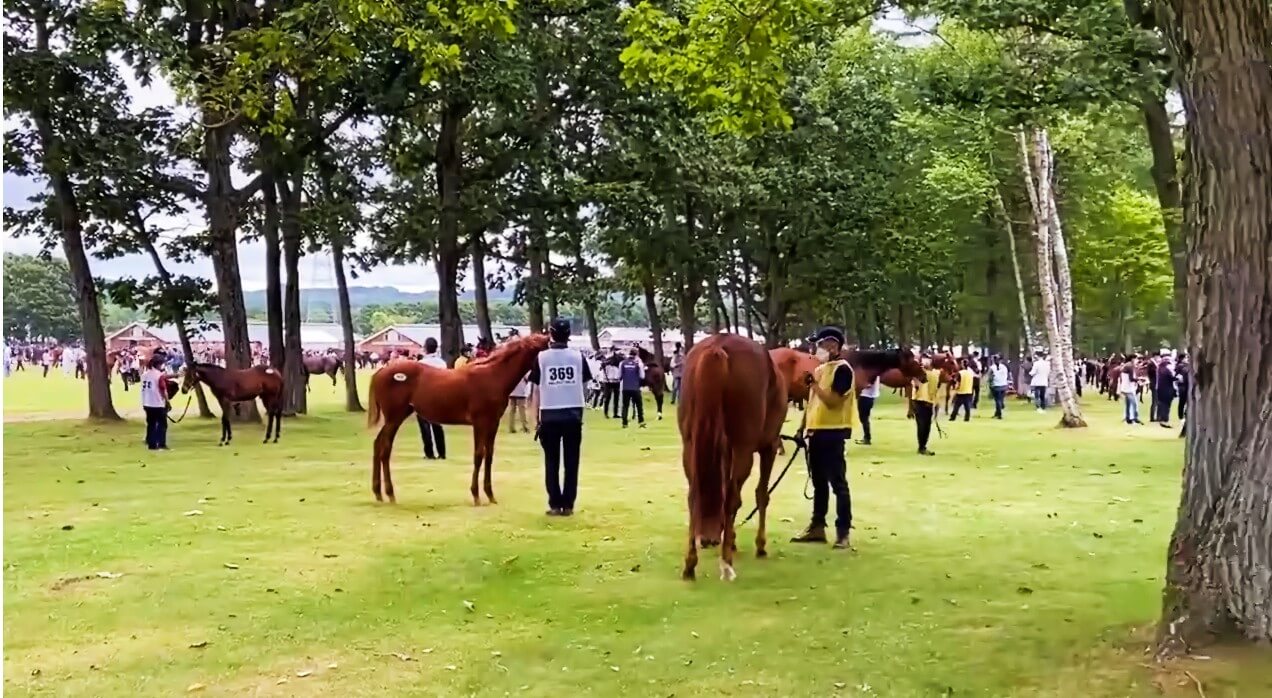Covid had reduced international participation in last year’s sale to zero but this year there were 13 registered foreign buyers, five of whom bought foals on day two after two others had purchased yearlings on the opening day.
The sales figures on day two, and overall, were stunning: the average sale price was up 11.7 per cent for foals and 12.2 per cent overall over both days. But perhaps the greatest figure is the 95.3 per cent clearance rate.
Transparency around reserve prices is the key to the high clearance rate, according to another Australian buyer, Michael Kent Jnr.
“As I inspected each horse, all of the reserves were open and public knowledge, they had been set for weeks and they set well below what you want to make. You feel very confident you are buying at absolute market price,” he said.
2022 JRHA Select Sale results
| Yearling Session | Foal Session | | Sold | 222 | 225 |
| Clearance | 95.3 | 95.3 |
| Gross | ¥12,870,000,000 (AU$138.9 million) | ¥12,892,500,000 (AU$139.1 million) |
| Average | ¥57,972,973 (AU$625,000) | ¥57,300,000 (AU$618,000) |
| Year On Year Growth | 12.6 per cent | 11.7 per cent |
Throughout the day there are reminders of what could have been for Duramente, who died in August 2021 and whose oldest crop are four. He has already produced three-time Group One winner Titleholder and a dual-classic winner in Southern Stars. He also produced the sales topper in the foal session, Lot 393, who sold for 320,000,000 yen (A$3.5m).
Like the top lot in the yearling session, this colt is out of a mare imported by Northern Farm, American Graded winner Champagne Anyone.
In the search for Japan’s new king of sires it would seem Epiphaneia’s popularity has him in front: 15 of his 16 foals sold for an average of 111,100,000yen (A$1.2m).
It seems a lot to pay for a horse you cannot take home, even if the payments are split: one up front and one upon receiving the horse. The foals stay with the farm until weaned, insured, and at the seller’s expense.
Like many aspects of Japanese racing, offering foals for sale, especially so young, might seem different, but in the 25th year of the Select Sale – and judging by the names of the graduates and the results on the board – it clearly still works.









